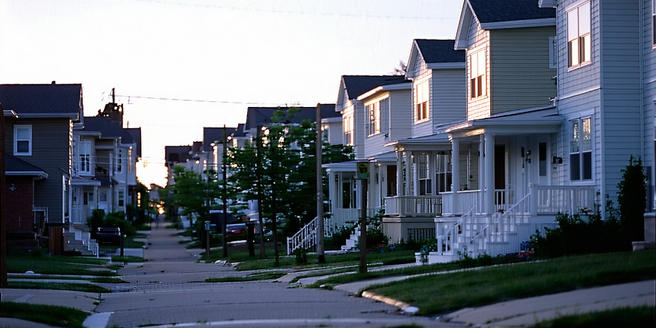Affordable Housing Challenges In Urban Areas

Understanding the Current Housing Crisis
The current housing crisis stems from a combination of economic, demographic, and policy factors. Rising demand due to urbanization and population growth intensifies the pressure on housing supply, leading to skyrocketing prices. Many cities are unable to keep up with this demand due to limited land availability and zoning restrictions. Furthermore, speculative practices increase price volatility, making housing less affordable. This situation is exacerbated by the lack of sufficient social housing projects. Economic disparities exacerbate the issue, as lower-income people find it increasingly difficult to access housing they can afford. Policymakers are challenged with balancing growth and sustainability, leaving some areas underserved. Understanding these dynamics is crucial for crafting effective strategies to alleviate the crisis, ensuring accessible housing for all.
Key Factors Contributing to High Urban Housing Costs
Urban housing costs are largely driven by supply and demand imbalances. High demand is fueled by population growth and urban migration, while supply is often restricted by limited land availability and stringent zoning laws. Construction costs also play a significant role, with high material and labor expenses raising the price of new homes. Speculation and investment can drive prices further, as investors seek high returns, often prioritizing profit over affordability. As a result, many people find themselves priced out of areas where they work and live. In many cities, this has led to increasingly competitive housing markets. Additionally, urban sprawl and the drive for luxury developments can displace lower-income housing options. These factors combined create a challenging environment for those seeking affordable urban living solutions.
The Impact of Zoning Laws and Regulations
Zoning laws significantly impact urban housing, often dictating land use and density in cities. These regulations can limit the availability of housing by restricting where and what types of buildings can be constructed. While zoning aims to organize urban development and maintain quality of life, it can also contribute to housing shortages and increased costs. In many cities, these laws have not been updated to reflect modern housing needs. For instance, requiring large lot sizes or favoring single-family homes can diminish density, leading to sprawl and higher infrastructure costs. Reforming these regulations to allow for more flexible and diverse housing options is essential for addressing current housing challenges and meeting the needs of growing urban populations.
Innovative Solutions and Policies for Change
Addressing urban housing challenges requires innovative solutions and forward-thinking policies. Encouraging mixed-use developments can create more vibrant communities and maximize land use efficiency. Implementing inclusionary zoning policies can ensure a portion of new developments is dedicated to affordable housing. Urban planners must also consider the social and economic impacts of these changes on existing communities. Urban infill and adaptive reuse of existing structures can increase housing supply without expanding urban boundaries. Additionally, green building practices can be incorporated to ensure that new developments are environmentally sustainable. Financial incentives for developers to build affordable units and public-private partnerships can leverage resources for greater impact. By fostering innovation and policy reform, cities can create sustainable, affordable housing that meets the needs of their diverse populations.
The Role of Public and Private Sector Partnerships
Public and private sector partnerships play a crucial role in addressing urban housing challenges. These collaborations can pool resources, expertise, and funding to create more impactful solutions. Innovation in design and construction methods can further enhance the effectiveness of these partnerships. The public sector can incentivize private investments in affordable housing through tax credits and grants that offset development costs. Furthermore, regulatory reforms can streamline the approval process, enabling faster project completion. Private developers can bring efficiency and innovation to projects, while public entities ensure alignment with broader community goals. Successful partnerships can lead to the creation of mixed-income developments that promote diversity and inclusion. By working together, these sectors can address housing shortages, reduce costs, and improve accessibility for urban residents.